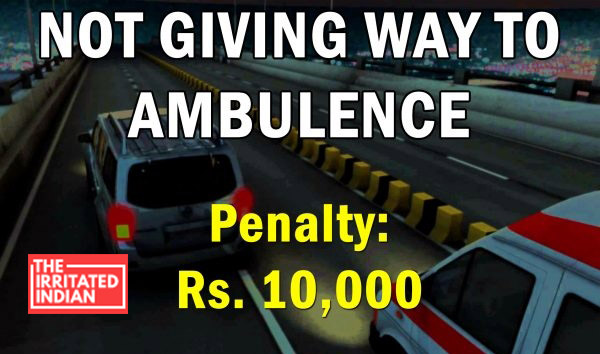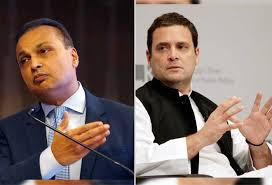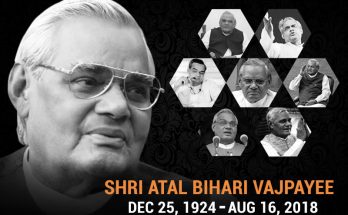Traffic Rules and Traffic Violations
It is of utmost importance that one drives according to the traffic rules in India. Traffic rules are created to ensure safety and to decrease the number of accident in the country.
AASI firmly believes that ‘Road Safety’ can be reinforced not by making a certain group of people, So we came up with an animation film on Road Safety to educate and create awareness about it from the ground level. Road Safety Awareness…
Some reasons which have led to more accidents on Indian roads are:
- Acute lack of traffic sense
- Lack of knowledge of traffic rules
- Increasing population of vehicles
To reduce the chances of accidents and curb violation of traffic rules, The Motor Vehicles Act, 1988 was created. Here are some of the common offenses and their fines:
- Driving without Seatbelt – Fine has increased from Rs. 100 to Rs. 1000
- Driving without a Valid License – Proposed fine of Rs. 5000 and/or imprisonment for up to 3 months
- The vehicle without RC Book (Registration Certificate) – Rs. 2000
- Over speeding – Proposed fine of Rs. 1000 for Light Motor Vehicle and Rs. 2000 for Medium Passenger Vehicles.
- Driving under influence of Alcohol – Fine has increased from Rs. 2000 to Rs. 10,000.
Sponsored
South Korea is a dream travel destination for many, an absolutely fantastic culture, a country of contrasts, where modern technologies and ancient Eastern traditions harmoniously combine into something totally unique in and of itself. Every journey to this amazing country reveals countless new secrets and mysteries. These crazy yet amazing facts South Korea might astonish you.
Traffic Rules in India
“U” Turns
Drivers are not supposed to make a “U” when a road sign prohibits making this turn.
Dangerous Materials
It is prohibited to carry illegal materials or materials which are deemed to be potentially dangerous.
Driving on mountain / steep roads
In case of narrow roads, drivers moving downhill are to make way for those moving uphill.
Emergency Vehicles
In case of an approaching emergency vehicle, drivers are to carefully move to the side of the road. This will make way for the emergency vehicle to pass.
Keeping Distance
Keep a safe distance between two vehicles. This will reduce bumper to bumper accidents.
Honking
Honking is prohibited in “No Honking” zones. Using loud, multi-tone or harsh sounds for horns is not allowed.
Indicators
Proper indicators are to be used before turning or passing. Swerving is strictly not allowed.
Intersections
Drivers should slow down at road corners, intersections, junctions or pedestrian crossings to avoid jeopardizing the safety of others.
Keep Left
Ply on the left side of the road in India.
Loading
Vehicles are not allowed to overload than the legal weight they can carry. Also, materials protruding outside of the vehicle are not allowed.
One Way Roads
The vehicle must ply in the direction of the indicated way.
Parking
Parking a vehicle in “No Parking” zone is prohibited. A vehicle must be parked in a way to avoid inconvenience to others.
Passing / overtaking
Vehicles should always pass/overtake from the right side of another vehicle.
Passing Pedestrians
Drive slowly while passing a procession, troops, police on the march or road repair workmen.
Passing Prohibited
Passing or overtaking can be dangerous and can cause accidents, thus it is highly important that the driver is careful while doing so.
Stop Lines
A vehicle should stop before the stop line painted at intersections or signals.
Tractor & Goods Carriages
Do not exceed the seating capacity of these vehicles.
Turning Left
It is advised to stay on the left side when you want to turn left. Sudden lane cutting could cause accidents.
Turning Right
It is advised to stay on the right side when you want to turn right. Sudden lane cutting could cause accidents.


